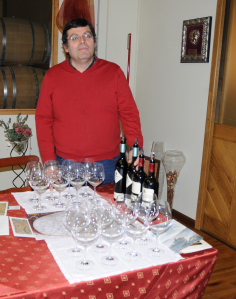
We sat together on a spring afternoon, tasting a half-dozen bottles of Barolo wine made during the past ten years. The winery sits in Italy’s northwestern region known as Piemonte, named after the Italian words meaning foot (piede) and mountains (montagne). Located south and east of the Alps, this region basks in summer sunshine. Piemonte is a decadent find for those who love good food and wine.
Few people drink Barolo because production is small and the price is high. The region produces eight million bottles each year, compared to 200 million bottles generated from the Bordeaux region of France alone. Barolo comes from the Nebbiolo grape, which the Romans enjoyed, and which US President Thomas Jefferson considered as sweet and heavy. Today, Barolo has a reputation as a distinct and excellent red.
Flavio compared himself to both an artist and scientist, admitting that an artist moves by inspiration, while the force that guides a winemaker is the question – ‘why not?’
“Making wine is a matter of trying to tell the future from the present. It’s similar to a cook trying a new recipe, trying to understand the cooking time, the temperature. You only have results when the meal is prepared, or when wine is aged.”
“What I am aiming at is to find surprise. To give emotion. It’s like photography. You have to impress, to do something people remember. If you can put a little of your personality not only in your wine, but in your job, it’s more interesting. Doesn’t always happen,” he added, laughing. “The worst and best thing about this job is that we are never bored,” he said.
“You have to ride the horse,” he added, referring to the process of making wine. “It’s not always a quiet horse. But with a good one, you can win the race.”

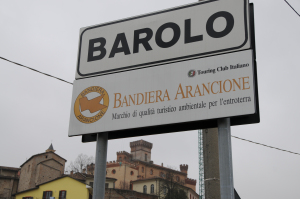
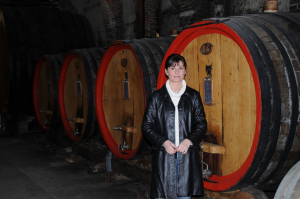
Before the tasting, I managed to visit the underground cellars, guided by Alessandra Minetti
“The first bottle of Barolo came from this cellar,” Alessandra explained as we toured through dank and musty pathways.
“Probably from one of these big traditional barrels,” she said, pointing at rows of huge oaken casks.
“These barrels are about 180 years old. We still use them to make wine.”
She then showed me the Barolo ‘library’ – a room controlled for temperature, humidity and light and storing 36,000 bottles of wine.
“One of the biggest collections of Barolo in the world.”

She pointed at the oldest bottle behind a glass case. The pale label read Barolo Cannubio 1859.
“Dusty,” I said.
“We want the dust,” said Alessandra, laughing. “We never clean them.”
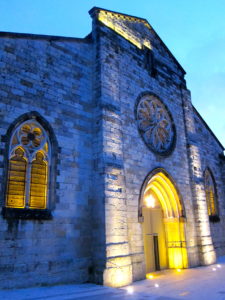


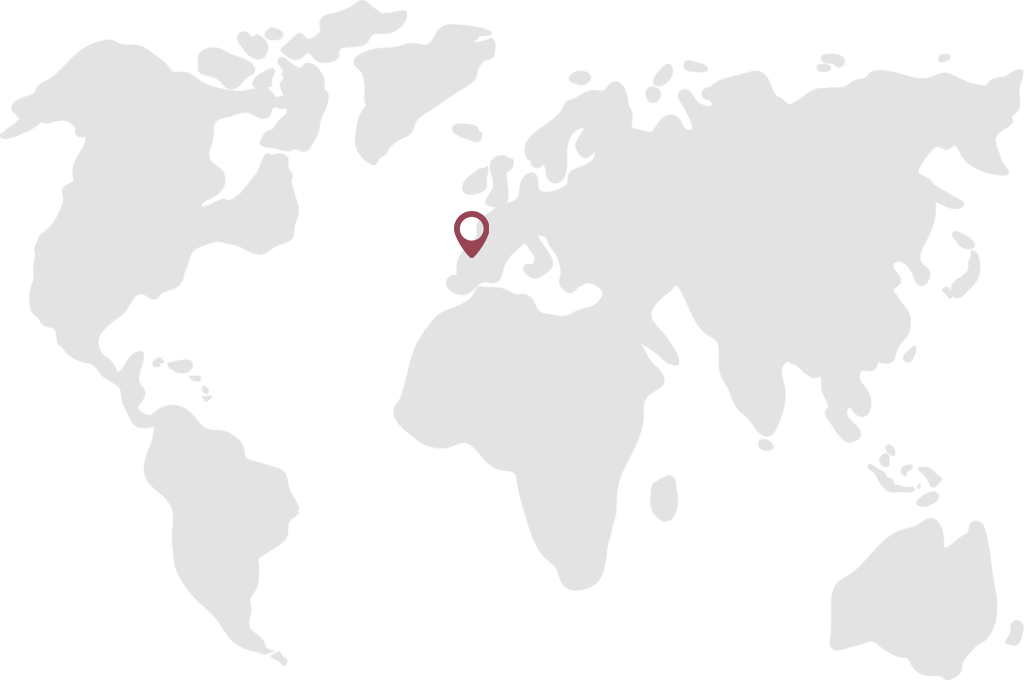
vinoexpressions
29 Jul 2010You need to read the web log. I do not give years because I do not want this book to be dated. It was yummy.